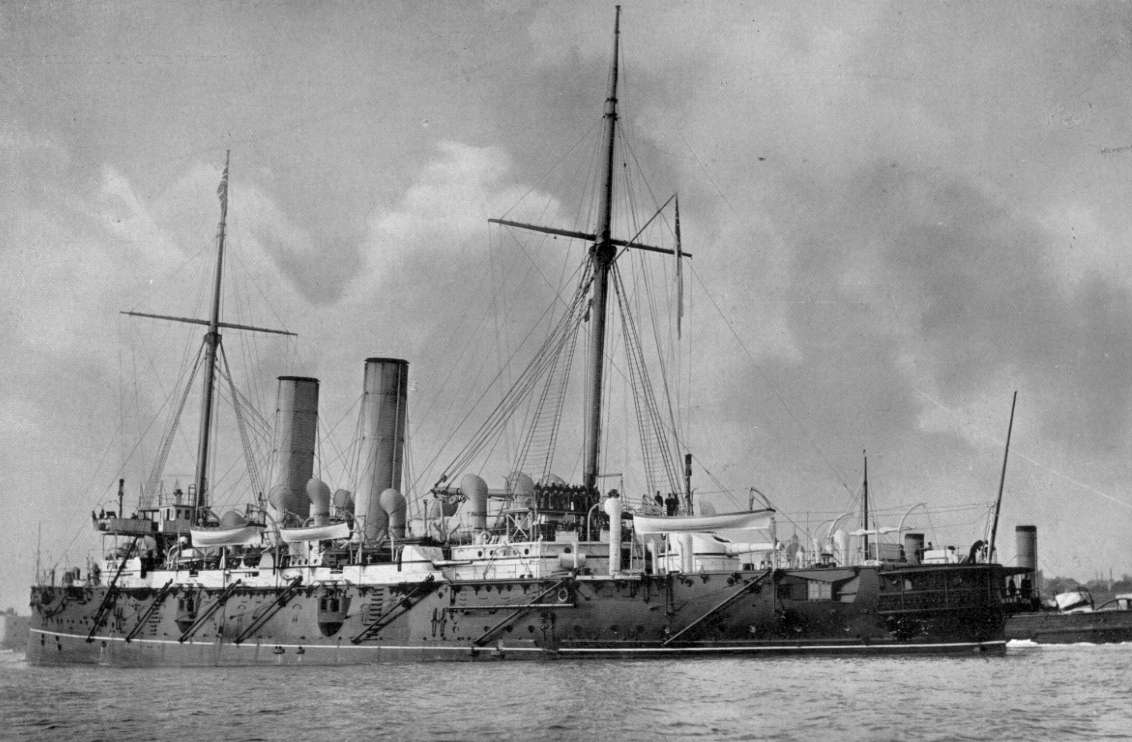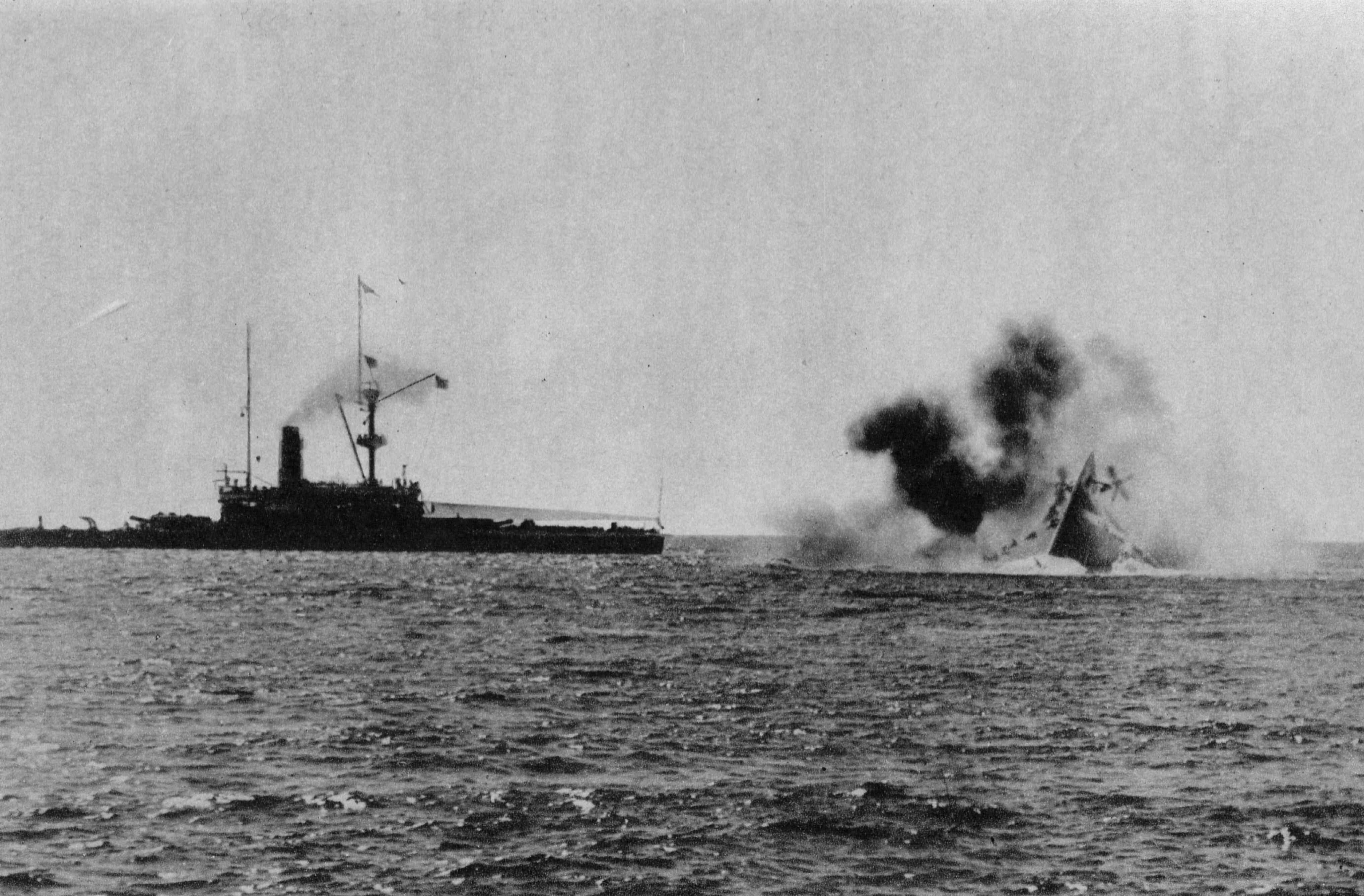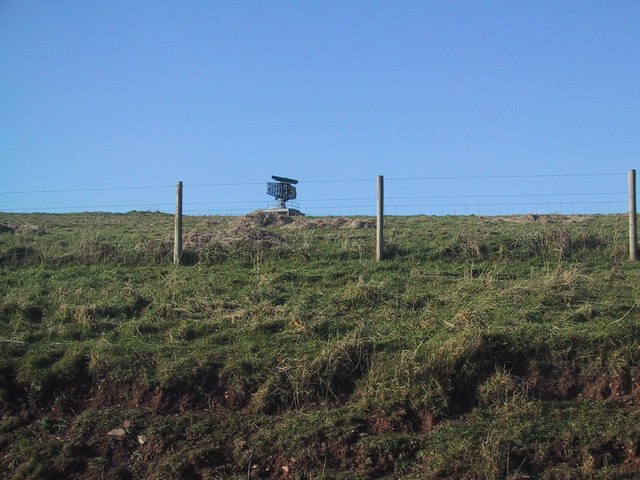|
Ronald Hopwood
Rear Admiral Ronald Arthur Hopwood (7 December 1868 – 28 December 1949) was a British naval officer and poet. He began his career in 1882 with the Royal Navy as a gunnery officer, completed it in 1919 as a rear admiral, and was acclaimed in 1941 as poet laureate of the Royal Navy by ''Time''. As an author, Admiral Hopwood's first work was his poem ''The Laws of the Navy'', published in 1896US Naval History & Heritage Command (2005). when he was a lieutenant. With its good-natured military advice making it popular within both the Royal and U.S. navies,''Times'' (London, 1950). ''Time'' gives it "precedence among Navy men even over Kipling's '' If'' and goes on to quote Hopwood's new poem ''Secret Orders'' in its entirety. The last lines of ''Secret Orders'', written in appreciation of the Destroyers for Bases Agreement (a predecessor to Lend Lease), harken to the Second World War bond between the two navies. Early life Hopwood was born on 7 December 1868 as the third son of ... [...More Info...] [...Related Items...] OR: [Wikipedia] [Google] [Baidu] |
John Turner Hopwood
John Turner Hopwood (1829 – 1 January 1900) was an English Liberal Party politician, and barrister. He was the only son of Robert (1800–1860) and Elizabeth (née Turner) Hopwood (d. 1874). His paternal grandfather, also named Robert, was the second mayor of Blackburn. He was called to the bar at Middle Temple on 1 May 1854. At the 1857 general election, he was elected unopposed as the Member of Parliament (MP) for the Clitheroe in Lancashire. He was returned unopposed in 1859, and stood down from the House of Commons at the 1865 general election. On 7 April 1858, Hopwood married Mary Augusta Henrietta Coventry (1841–1894), the granddaughter of George Coventry, 8th Earl of Coventry. Their son, Aubrey Hopwood, was a novelist who co-wrote the lyrics for ''A Runaway Girl'', ''The Lucky Star'', and '' Alice in Wonderland''. [...More Info...] [...Related Items...] OR: [Wikipedia] [Google] [Baidu] |
John Jellicoe, 1st Earl Jellicoe
Admiral of the Fleet John Rushworth Jellicoe, 1st Earl Jellicoe, (5 December 1859 – 20 November 1935) was a Royal Navy officer. He fought in the Anglo-Egyptian War and the Boxer Rebellion and commanded the Grand Fleet at the Battle of Jutland in May 1916 during the First World War. His handling of the fleet at that battle was controversial. Jellicoe made no serious mistakes and the German High Seas Fleet retreated to port, at a time when defeat would have been catastrophic for Britain, but the public was disappointed that the Royal Navy had not won a more dramatic victory given that they outnumbered the enemy. Jellicoe later served as First Sea Lord, overseeing the expansion of the Naval Staff at the Admiralty and the introduction of convoys, but was relieved at the end of 1917. He also served as the Governor-General of New Zealand in the early 1920s. Early life Jellicoe was born on 5 December 1859 in Southampton, Hampshire. Jellicoe was the son of John Henry Jellicoe, a capta ... [...More Info...] [...Related Items...] OR: [Wikipedia] [Google] [Baidu] |
Flag Captain
In the Royal Navy, a flag captain was the captain of an admiral's flagship. During the 18th and 19th centuries, this ship might also have a "captain of the fleet", who would be ranked between the admiral and the "flag captain" as the ship's "First Captain", with the "flag captain" as the ship's "Second Captain". Unlike a "captain of the fleet", a flag-captain was generally a fairly junior post-captain Post-captain is an obsolete alternative form of the rank of Captain (Royal Navy), captain in the Royal Navy. The term served to distinguish those who were captains by rank from: * Officers in command of a naval vessel, who were (and still are) ..., as he had the admiral to keep an eye on him, but – like a "captain of the fleet" – a "flag captain" was a post rather than a rank. References F Royal Navy {{navy-stub ... [...More Info...] [...Related Items...] OR: [Wikipedia] [Google] [Baidu] |
Cruiser
A cruiser is a type of warship. Modern cruisers are generally the largest ships in a fleet after aircraft carriers and amphibious assault ships, and can usually perform several roles. The term "cruiser", which has been in use for several hundred years, has changed its meaning over time. During the Age of Sail, the term ''cruising'' referred to certain kinds of missions—independent scouting, commerce protection, or raiding—fulfilled by frigates or sloops-of-war, which functioned as the ''cruising warships'' of a fleet. In the middle of the 19th century, ''cruiser'' came to be a classification of the ships intended for cruising distant waters, for commerce raiding, and for scouting for the battle fleet. Cruisers came in a wide variety of sizes, from the medium-sized protected cruiser to large armored cruisers that were nearly as big (although not as powerful or as well-armored) as a pre-dreadnought battleship. With the advent of the dreadnought battleship before World W ... [...More Info...] [...Related Items...] OR: [Wikipedia] [Google] [Baidu] |
HMS Hawke (1891)
HMS ''Hawke'', launched in 1891, was the seventh British warship to be named ''Hawke''. She was an protected cruiser. In September 1911 the ''Hawke'' collided with the ocean liner RMS ''Olympic''. The damage smashed the ''Hawke''s bow and damaged the stern of the ''Olympic''. Construction ''Hawke'' was laid down at Chatham Dockyard on 17 June 1889, one of nine ''Edgar''-class cruisers ordered for the Royal Navy under the Naval Defence Act 1889, and launched on 11 March 1891. Sea trials in March 1892 were satisfactory, with her engines reaching the required power, and the ship was completed on 16 May 1893. ''Hawke'' was long overall and between perpendiculars, with a beam of and a draught of . She displaced . Armament consisted of two 9.2 inch guns, on the ships centreline, backed up by ten six-inch guns, of which four were in casemates on the main deck and the remainder behind open shields. Twelve 6-pounder and four 3-pounder guns provided anti-torpedo-boat defences ... [...More Info...] [...Related Items...] OR: [Wikipedia] [Google] [Baidu] |
Commander (Royal Navy)
Commander (Cdr) is a senior officer rank of the Royal Navy of the United Kingdom. It is immediately junior to captain and immediately senior to the rank of lieutenant commander. Officers holding the junior rank of lieutenant commander are not considered to be commanders. History The title (originally 'master and commander') originated in around 1670 to describe Royal Navy officers who commanded ships of war too large to be commanded by a lieutenant, but too small to warrant the assignment of a post-captain, or (before about 1770) a sailing-master who was in charge of a ship's navigation. These ships were usually unrated sloops-of-war of no more than 20 guns, fireships, hospital ships and store ships. The commanding officer of this type of ship was responsible for both sailing and fighting the ship and was thus its 'master and commander'. Before 1750, the rank was broadly considered as the limit of advancement for those without patronage, especially those who had been promot ... [...More Info...] [...Related Items...] OR: [Wikipedia] [Google] [Baidu] |
China Station
The Commander-in-Chief, China was the admiral in command of what was usually known as the China Station, at once both a British Royal Navy naval formation and its admiral in command. It was created in 1865 and deactivated in 1941. From 1831 to 1865, the East Indies Station and the China Station were a single command known as the East Indies and China Station. The China Station, established in 1865, had as its area of responsibility the coasts of China and its navigable rivers, the western part of the Pacific Ocean, and the waters around the Dutch East Indies. The navy often co-operated with British commercial interests in this area. The formation had bases at Singapore (Singapore Naval Base), HMS ''Tamar'' (1865–1941 and 1945–1997) in Hong Kong and Wei Hai (at Liugong Island) (1898–1940). The China Station complement usually consisted of several older light cruisers and destroyers, and the Chinese rivers were patrolled by a flotilla of suitable, shallow-draught gunboats, ... [...More Info...] [...Related Items...] OR: [Wikipedia] [Google] [Baidu] |
Battleship
A battleship is a large armored warship with a main battery consisting of large caliber guns. It dominated naval warfare in the late 19th and early 20th centuries. The term ''battleship'' came into use in the late 1880s to describe a type of ironclad warship,Stoll, J. ''Steaming in the Dark?'', Journal of Conflict Resolution Vol. 36 No. 2, June 1992. now referred to by historians as pre-dreadnought battleships. In 1906, the commissioning of into the United Kingdom's Royal Navy heralded a revolution in the field of battleship design. Subsequent battleship designs, influenced by HMS ''Dreadnought'', were referred to as "dreadnoughts", though the term eventually became obsolete as dreadnoughts became the only type of battleship in common use. Battleships were a symbol of naval dominance and national might, and for decades the battleship was a major factor in both diplomacy and military strategy.Sondhaus, L. ''Naval Warfare 1815–1914'', . A global arms race in battleship cons ... [...More Info...] [...Related Items...] OR: [Wikipedia] [Google] [Baidu] |
English Channel
The English Channel, "The Sleeve"; nrf, la Maunche, "The Sleeve" (Cotentinais) or ( Jèrriais), (Guernésiais), "The Channel"; br, Mor Breizh, "Sea of Brittany"; cy, Môr Udd, "Lord's Sea"; kw, Mor Bretannek, "British Sea"; nl, Het Kanaal, "The Channel"; german: Ärmelkanal, "Sleeve Channel" ( French: ''la Manche;'' also called the British Channel or simply the Channel) is an arm of the Atlantic Ocean that separates Southern England from northern France. It links to the southern part of the North Sea by the Strait of Dover at its northeastern end. It is the busiest shipping area in the world. It is about long and varies in width from at its widest to at its narrowest in the Strait of Dover."English Channel". ''The Columbia Encyclopedia'', 2004. It is the smallest of the shallow seas around the continental shelf of Europe, covering an area of some . The Channel was a key factor in Britain becoming a naval superpower and has been utilised by Britain as a natural def ... [...More Info...] [...Related Items...] OR: [Wikipedia] [Google] [Baidu] |
HMNB Devonport
His Majesty's Naval Base, Devonport (HMNB Devonport) is one of three operating bases in the United Kingdom for the Royal Navy (the others being HMNB Clyde and HMNB Portsmouth) and is the sole nuclear repair and refuelling facility for the Royal Navy. The largest naval base in Western Europe, HMNB Devonport is located in Devonport, in the west of the city of Plymouth, England. The base began as Royal Navy Dockyard in the late 17th century, but shipbuilding ceased at Devonport in the early 1970s, although ship maintenance work has continued. The now privatised maintenance facilities are operated by Babcock International Group, who took over the previous owner Devonport Management Limited (DML) in 2007. DML had been running the Dockyard since privatisation in 1987. From 1934 until the early 21st century the naval barracks on the site was named HMS ''Drake'' (it had previously been known as HMS ''Vivid'' after the base ship of the same name). The name HMS ''Drake'' and its c ... [...More Info...] [...Related Items...] OR: [Wikipedia] [Google] [Baidu] |
HMS Cambridge (shore Establishment)
HMS ''Cambridge'' was a Royal Navy shore establishment south of Plymouth UK, commissioned between 1956 and 2001. Formerly named HM Gunnery School, Devonport, then Cambridge Gunnery School at Wembury. The site was called HMS ''Cambridge'' after a ship of the same name an 80-gun third-rate ship of the line that was used to train seamen in gunnery in Plymouth harbour from 1856. She was replaced by the first rate HMS ''Windsor Castle'' (renamed HMS ''Cambridge'') in 1869 before the gunnery school was moved onto land at the Plymouth naval barracks in 1907. This lasted until 1940 when a gunnery range used by the army and navy was opened at the old Wembury Point Holiday Camp (on the present site) which was named the Cambridge Gunnery School. In 1956 the school was commissioned as an independent shore establishment and was decommissioned on 30 March 2001. The site was purchased in 2006 by the National Trust; the main installation, which included mounts for a range of standard nava ... [...More Info...] [...Related Items...] OR: [Wikipedia] [Google] [Baidu] |







